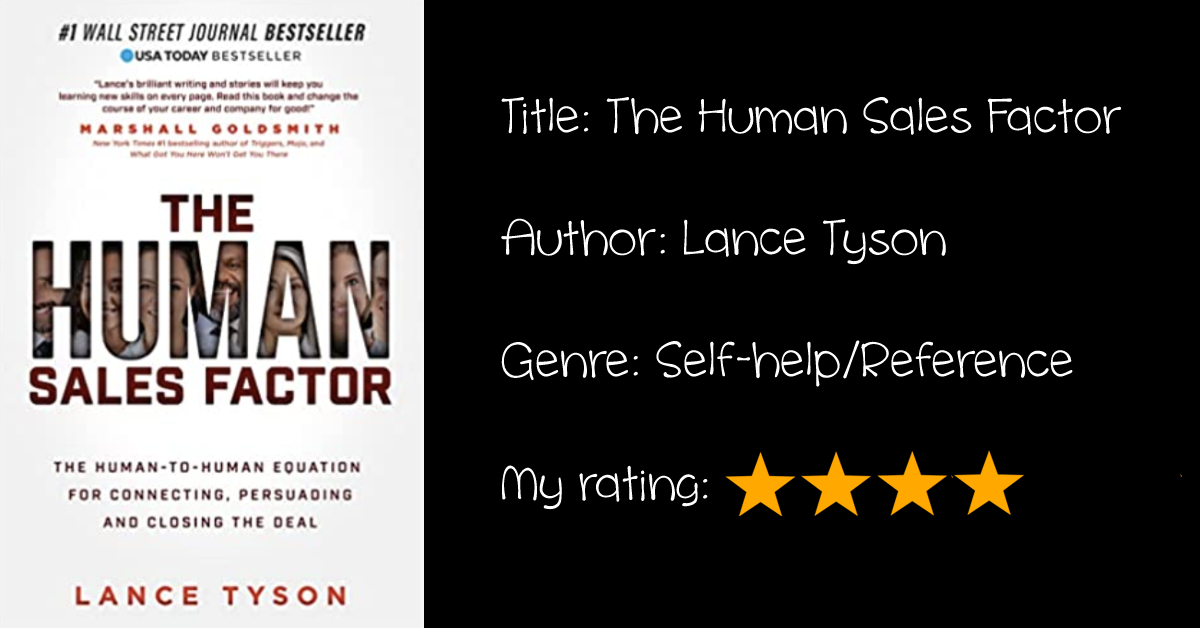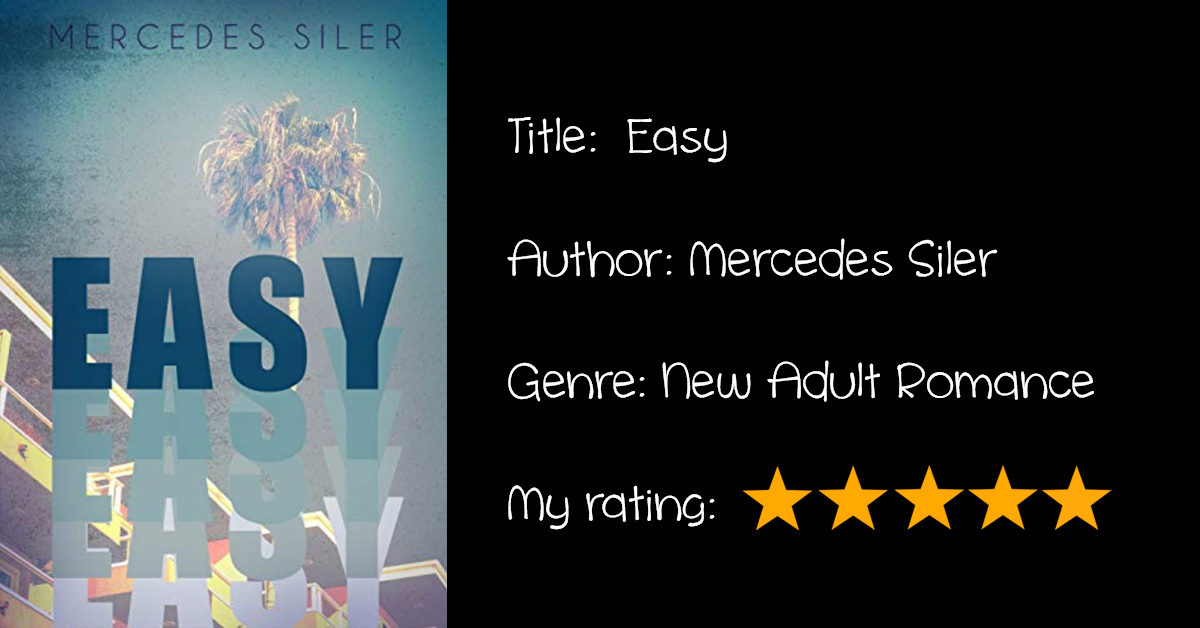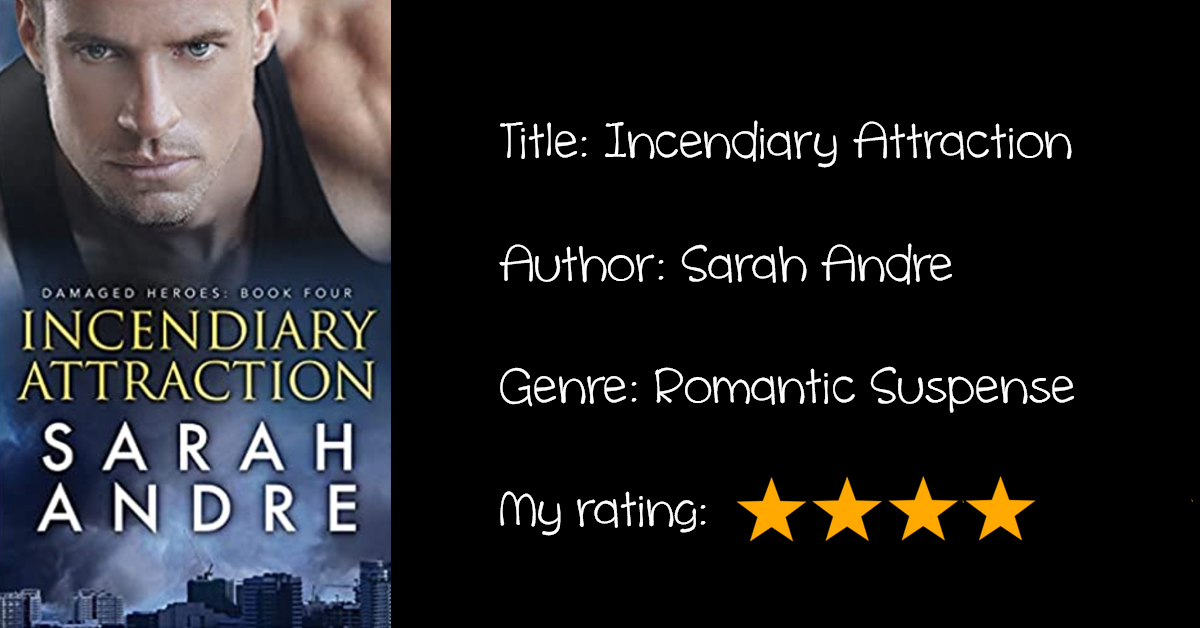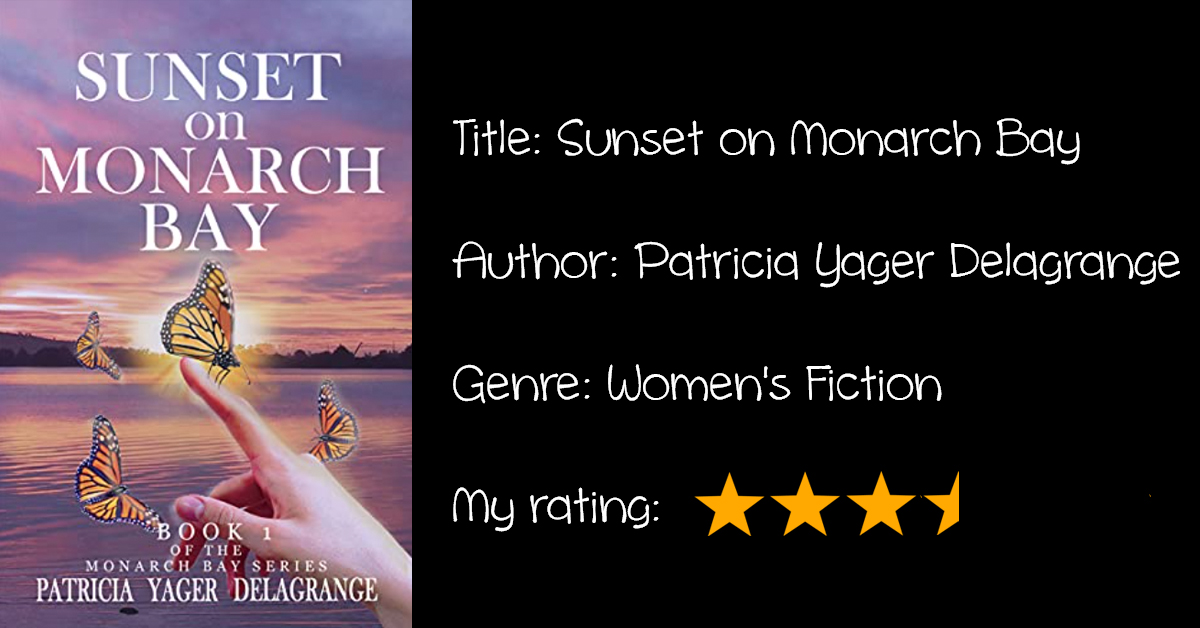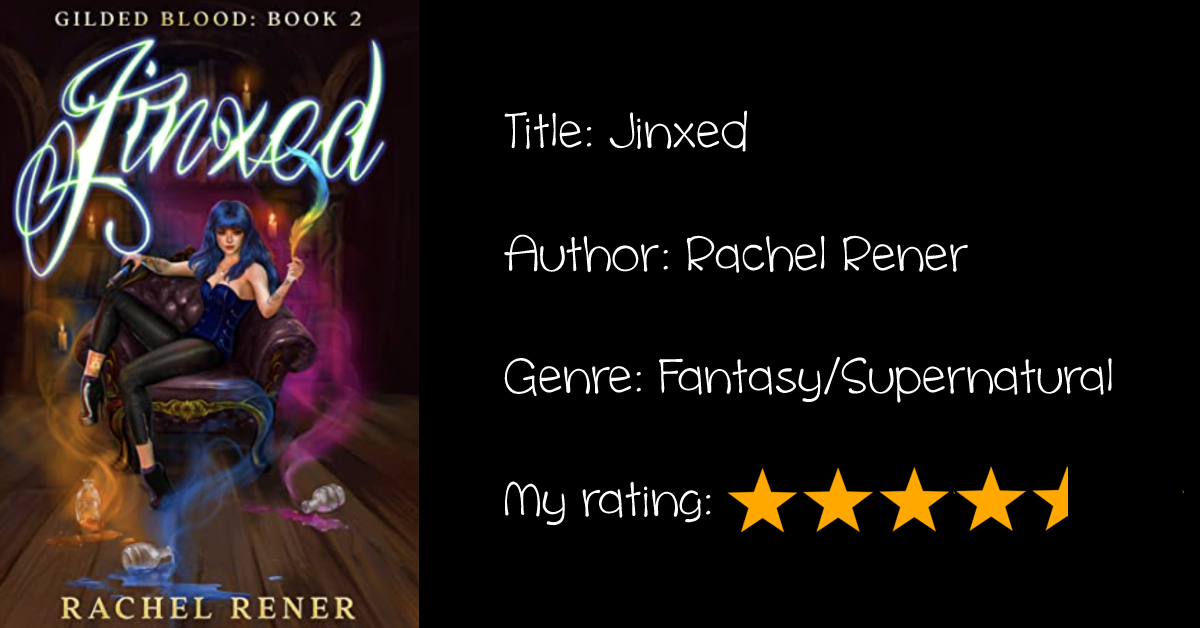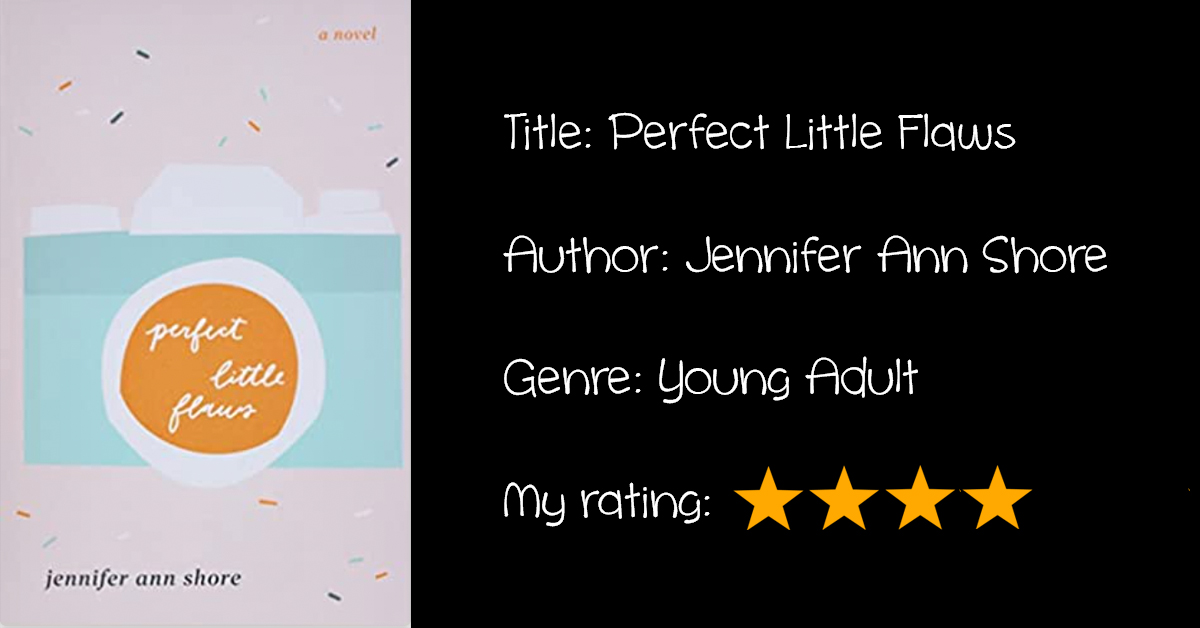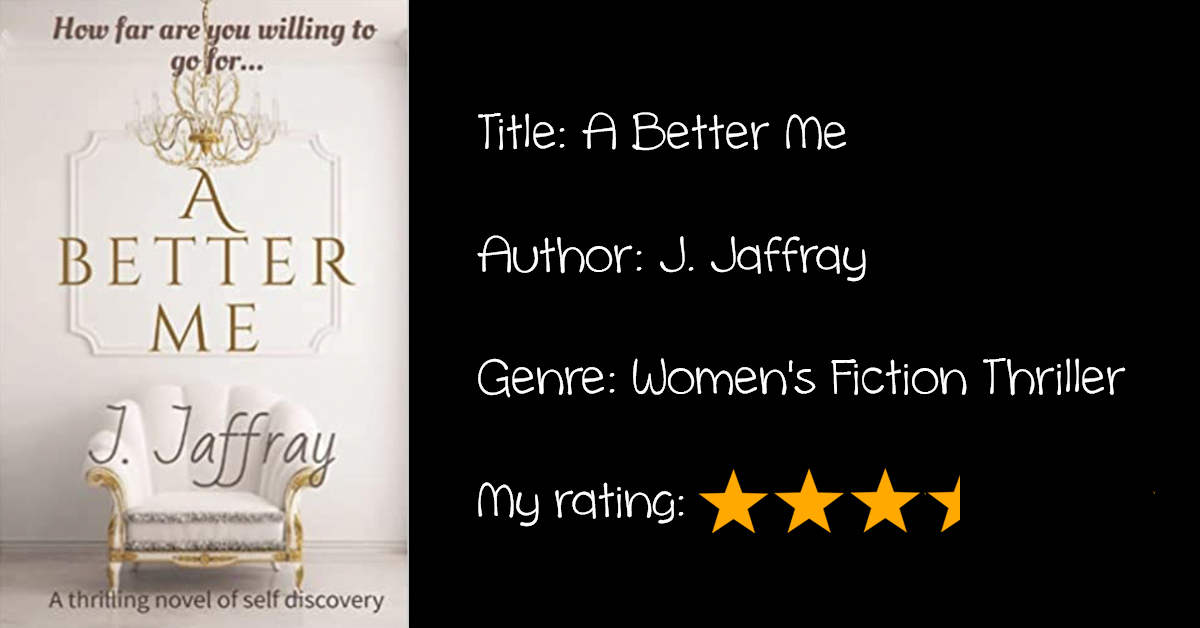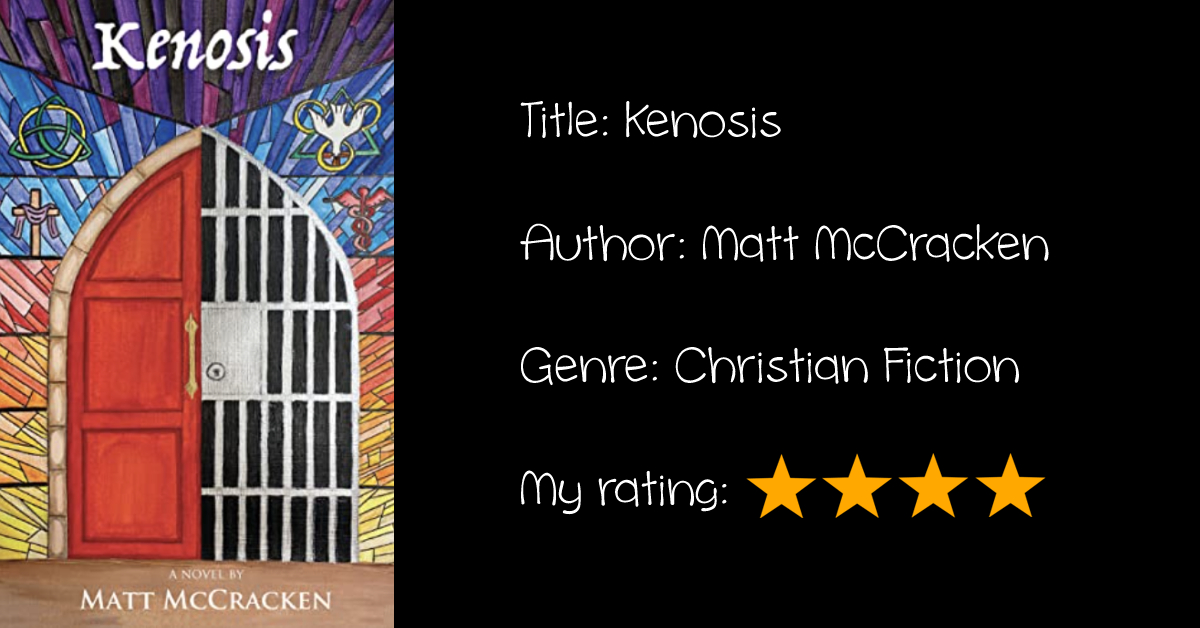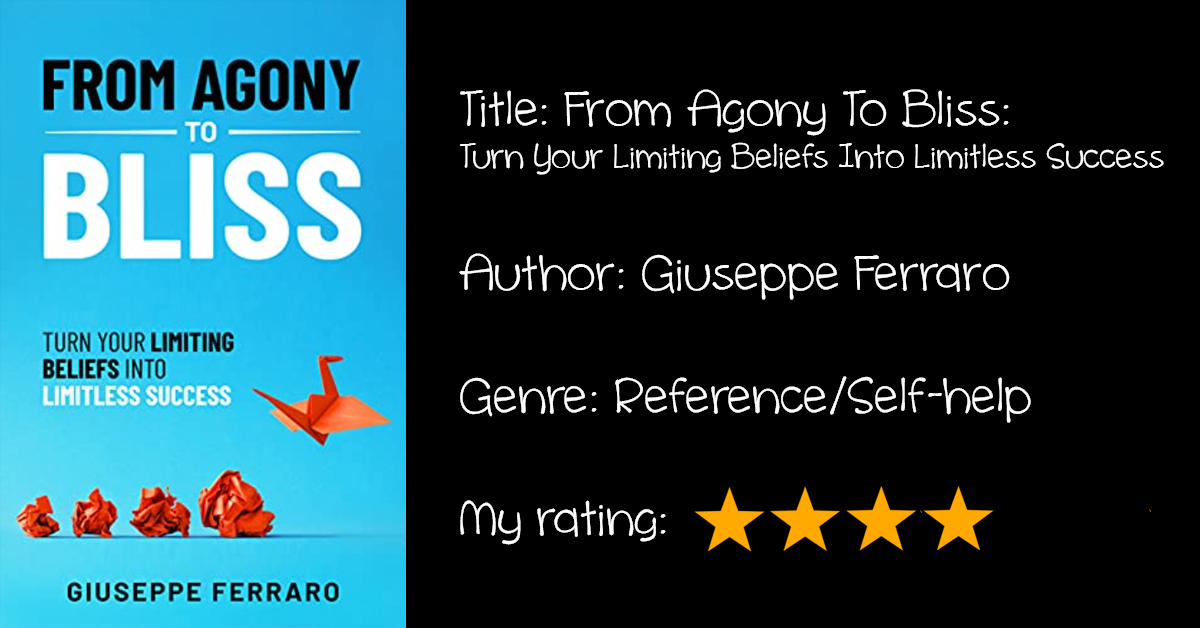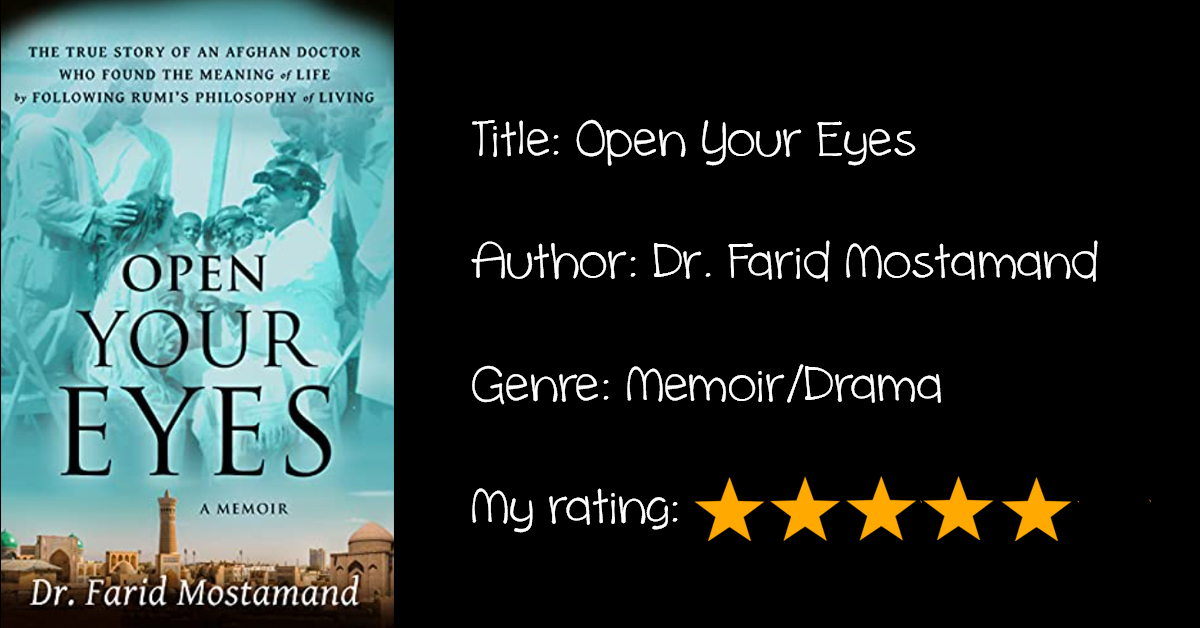Review: “The Human Sales Factor”
This book came to me via an ARC program and I was interested in the topic.
The Premise
With decades of experience of coaching and developing strong business leaders and their salespeople, the author compiles and shares strategies for success by focusing on the human-to-human aspect of selling.
The Pros & Cons
“The Human Sales Factor” is a nonfiction self-help reference book aimed at business leaders and salespeople, which focuses on the human aspect at the core of every component of the sales process. The author highlights the fact that “every single one of us is a salesperson” and mentions that investors or clients don’t necessarily choose the best idea or product but instead, they invest in a person. He states:
Therein lies the underpinnings of getting what you want—a secret only the best salespeople, business leaders, entrepreneurs, and thought leaders in the world know: selling, at its core, isn’t about moving a product or service, it’s about moving people.
He mentions that we have to deal with our “interiority” first before we can explore our “exteriority,” and underscores the importance of one’s Emotional Quotient (EQ), i.e. “the capacity for recognizing our own feelings and those of others, for motivating ourselves, and for managing emotions well in ourselves and in our relationships.” While often regarded as a “soft skill,” this is extremely critical for business at any level. He considers it the “three-legged stool upon which H2H [Human to Human] connections are built” — the three legs being a combination of self-control, interpersonal skills, and communication.
He presents strategies for raising one’s EQ, which include a positive mindset, converting self-deception into self-awareness, turning self-focus into other-focus, becoming more rewarding to deal with, and controlling temper tantrums. Another key concept is “social proof” which itself has adapted drastically as we now focus heavily on others’ reviews to make a purchasing decision, and it also means that the seller’s credibility is under even more scrutiny. Similarly, the value of the seller’s “personal branding” has also become even more crucial amidst an increasingly more savvy marketplace.
Though the book is aimed at a specific audience, these strategies can be useful to anyone for our own self-reflection and self-improvement, for example the section on “controlling your impression” and how to adapt your sales approach based on the time (usually seconds) that is available. One important take-away for me was what the author referred to as unpredictable “black swan” events like a natural disaster or a pandemic that are extremely widespread and can have serious repercussions on the economy or the market of a particular industry. Essentially, these events cause huge shifts in the way people buy and sell things, and though the initial impact can’t be avoided, the recovery is the business leader’s domain of control to interpret the market and adapt:
The fact is, everybody wants or needs something. That will never change, no matter the environment. The key is to select the right strategy.
Throughout the book, there are many anecdotes or real-life stories interwoven into the strategies and concepts presented, and the language used is simple and clear. I also liked the nature of storytelling in the author’s voice, as it felt like a conversation rather than just “reading a book.” This is intentional, as the author highlights (which has been scientifically proven) that “people forget facts, but they remember stories.” These stories that he uses to convey his own messages are engaging, and the book is well laid out and presented. As each chapter unfolds, it provides a recap of what was covered, allowing for easy revision.
Conclusion
Overall, I must admit this is quite similar to other self-help books on the topic, and there is nothing radically new here; still, there’s always room in the market to provide inspiration and actionable strategies to business leaders, and this does the job well. I enjoyed it, and appreciated the research and effort put into compiling it in an easy-to-read and digestible format. It was educational and informative, yet also brief enough for casual but impactful reading, as the format makes the content memorable and it resonates with the reader. I believe it will be valuable for its target market, and I would recommend to other readers to internalize and apply these strategies in their own situations.
